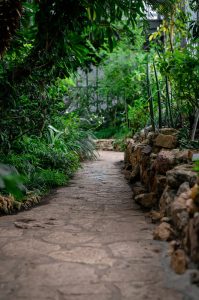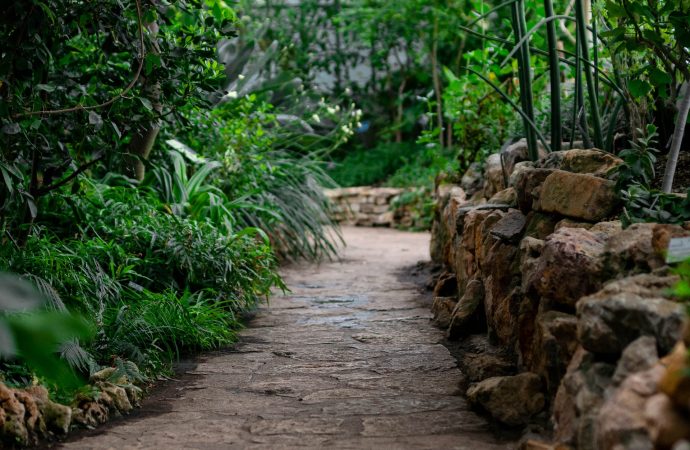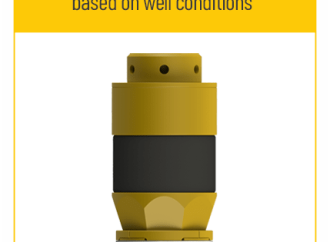Introduction: The expedition to a wildlife-friendly garden that welcomes Taking on the challenge of creating a wildlife-friendly garden where can thrive is something that brings joy and has positive impacts on both nature and the animals that find shelter in it. If you begin with nothing, you have the chance to make a garden that
Introduction: The expedition to a wildlife-friendly garden that welcomes
Taking on the challenge of creating a wildlife-friendly garden where can thrive is something that brings joy and has positive impacts on both nature and the animals that find shelter in it. If you begin with nothing, you have the chance to make a garden that draws in and helps various kinds of wildlife while also making your outdoor space look nicer. This article will show you how to start your own wildlife-friendly garden. We will go through each step, like finding the best spot and getting the soil ready. We will also talk about using plants that are native to your area and making homes for animals.
Step 1: Selecting the Right Location: wildlife-friendly garden
Decide on a spot for your wildlife-friendly garden that gets enough sunlight and is far from strong winds or any possible disruptions. Assess the space available and consider factors such as soil type, drainage, and accessibility for wildlife. A mix of sunny and shaded areas can provide diverse habitats for different species.
Step 2: Preparing the Soil: wildlife-friendly garden
Get the soil ready by taking out any weeds, rocks, or trash. Dig up the soil and mix in compost or manure to make it more fertile and drain well. Evaluate the soil’s pH balance and make necessary modifications according to your chosen plant varieties.

Photo by Kilyan Sockalingum on Unsplash
Step 3: Choosing Native Plants
Decide on native plants that match your region’s climate, soil conditions, and are beneficial for local wildlife. Native plants have coevolved with native wildlife, providing essential food sources and habitat. By selecting a variety of plants that flower at different times, we can ensure a constant supply of food for pollinators. Aim for a mix of flowers, shrubs, and trees to create diverse habitats and layers.
Step 4: Creating Habitat for wildlife-friendly garden
Incorporate features in your garden that provide habitat for wildlife. Include birdhouses, bat boxes, or insect hotels to offer nesting opportunities. Small mammals and birds can find shelter and hiding spots if you plant native grasses, shrubs, and trees. Consider adding a water feature such as a birdbath or a small pond to attract birds, butterflies, and other creatures.
Step 5: Maintenance and Continued Growth
Remember to regularly maintain and look after your wildlife-friendly garden so it keeps growing and being successful. When necessary, water the plants. Eliminate invasive species and use natural ways to control pests. Sometimes, plants need a little haircut to keep everything in the ecosystem just right. Don’t use pesticides or herbicides that can hurt animals and mess up nature’s balance.
Conclusion: Embark on Your Wildlife-Friendly Garden Journey
The process of establishing a garden that welcomes wildlife from scratch is an exhilarating and fulfilling endeavor. By picking the best location and preparing the soil nicely, planting native plants that are from here and making a safe home for wildlife friends, you can create an amazing ecosystem with lots of different animals. Take pleasure in nurturing your garden and watch as a wildlife-friendly garden reveals its beauty and advantages.























Leave a Comment
Your email address will not be published. Required fields are marked with *